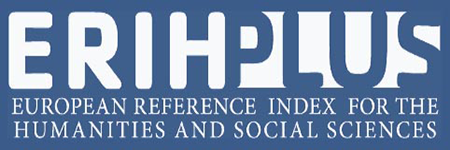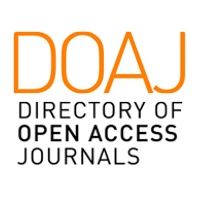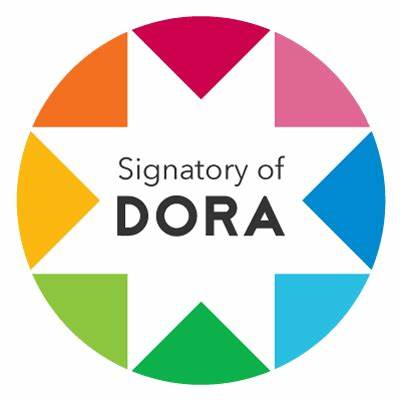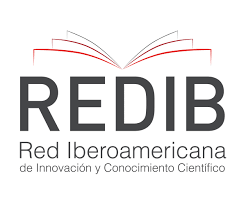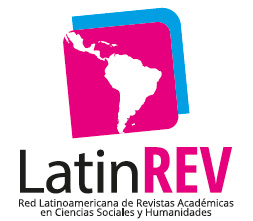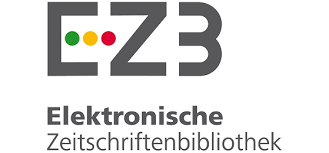Deconstructing gender in the digital age
exploring new forms of expression and identity construction.
DOI:
https://doi.org/10.51385/02fnxb85Keywords:
Gender, identity, digital age, deconstruction, social mediaAbstract
This article analyzes how digital platforms are transforming the expression and construction of gender identity. It examines the new forms of gender deconstruction through social networks, the challenges faced by diverse gender identities online, and how these interactions are redefining traditional norms and stereotypes. From digital platforms of the organizations Status Queer, Diálogo Diverso, and Fundación Ecuatoriana Equidad, the ways of expression and construction of gender identity are identified and examined.
With the help of content analysis and interviews, accurate information can be obtained on how identity expression and construction has been transformed in the digital age; the use of inclusive language, education and awareness, and the visibility of diverse representations of gender and sexual orientations have gained great relevance thanks to the digital platforms analyzed.
Downloads
References
Butler, J. (2007). El género en disputa: El feminismo y la subversión de la identidad. Paidós.
Bellucci, M., & Smaldone, M. (2021). El segundo sexo en el Río de la Plata. Marea Editorial.
Calderón Gómez, D. (2019). Capital digital y socialización tecnológica: una aproximación bourdiana al estudio de la desigualdad digital y la estratificación social entre la juventud. Universidad de Granada.
Castells, M. (2013). Communicationpower. Oxford University Press.
Crenshaw, K. W. (1994). Mapping the margins: Intersectionality, identity politics, and violence against women of color. En M. A. Fineman & R. Mykitiuk (Eds.), The public nature of private violence (pp. 93-118). Routledge.
Domínguez-Benítez, M. (2021). Una introducción a la teoría queer de Paul B. Preciado. Investigaciones Feministas, 12(1), 91-101. https://doi.org/10.5209/infe.72735
Federici, S. (2020). Reencantar el mundo: el feminismo y la política de los comunes. Tinta Limón Ediciones.
Hooks, B. (2017). El feminismo es para todo el mundo. Tinta Limón Ediciones.
Jenkins, H. (2006). Welcome to convergence culture. En Convergence culture: Where old and new media collide (pp. 1-24). New York University Press.
Magliano, M. J. (2015). Interseccionalidad y migraciones: potencialidades y desafíos. Revista Estudos Feministas, 23, 691-712. https://doi.org/10.1590/1806-9584-2015v23n3p691
Marín Díaz, V., & Cabero Almenara, J. (2019). Las redes sociales en educación: desde la innovación a la investigación educativa. RIED. Revista Iberoamericana de Educación a Distancia, 22(2), 25-33. https://doi.org/10.5944/ried.22.2.23466
Mera Adasme, L. (2020). Narrativas identitarias en personas asexuales. Revista de Estudios de Género, 29(1), 71-73.
Mohr, S. (2020). What does it take to look like a woman? Kvinder, Køn og Forskning, 29(1), 71-73. https://doi.org/10.7146/kkf.v29i1.121287
Diálogo Diverso. (n.d.). Página web. https://dialogodiverso.org/
Fundación Ecuatoriana Equidad. (n.d.). Página web. https://fequidadecuador.org/
Diálogo Diverso. (n.d.). Perfil de Facebook. https://www.facebook.com/DialogoDiverso
Fundación Ecuatoriana Equidad. (n.d.). Perfil de Facebook. https://www.facebook.com/@fundacionecuatorianaequidad
Status Queer. (n.d.). Perfil de Facebook. https://www.facebook.com/statusqueer.ec
Diálogo Diverso. (n.d.). Perfil de Instagram. https://www.instagram.com/dialogodiverso/
Fundación Ecuatoriana Equidad. (n.d.). Perfil de Instagram. https://www.instagram.com/fequidad/
Status Queer. (n.d.). Perfil de Instagram. https://www.instagram.com/statusqueer.ec/
UNESCO. (2009). Promotinggender equality through textbooks: A methodological guide. UNESCO Biblioteca Digital. https://unesdoc.unesco.org/ark:/48223/pf0000184638
Published
Issue
Section
License
Copyright (c) 2024 José Miguel Zúñiga Maldonado

This work is licensed under a Creative Commons Attribution-NonCommercial-ShareAlike 4.0 International License.
No se permite un uso comercial de la obra original ni de las posibles obras derivadas, la distribución de las cuales se debe hacer una licencia igual a la que regula la obra original.



